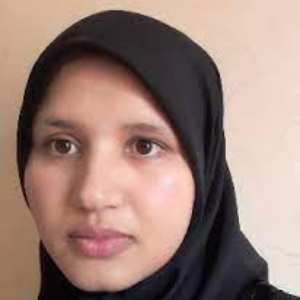Title : A Comparative Study between Conventional and Advanced Extraction Techniques: Pharmaceutical and Cosmetic Properties of Plant Extracts
Abstract:
Medicinal and aromatic plant (MAPs) extracts are attracting much attention because of their interesting phytochemical composition, leading to the development of new pharmacological and cosmetic drugs. Extraction represents a critical step in the itinerary of phytochemical discovery from MAPs. The type of extraction procedure used can substantially influence the final extract recovered. This study aimed to compare the influence of extraction methods on the pharmaceutical and cosmetic properties of medicinal and aromatic plants (MAPs). For this purpose, the dried plant materials were extracted using advanced (microwave (MAE), ultrasonic (UAE), and homogenizer (HAE) assisted extractions) and conventional techniques (maceration, percolation, decoction, infusion, and Soxhlet). The tyrosinase, elastase, α-amylase, butyryl, and acetylcholinesterase inhibition were tested by using L-3,4 dihydroxy-phenylalanine, N-Succinyl-Ala-Ala-p-nitroanilide, butyryl, and acetylcholine as respective substrates. Antioxidant activities were studied by ABTS, DPPH, and FRAP. In terms of extraction yield, advanced extraction techniques showed the highest values (MAE > UAE > HAE). Chemical profiles were dependent on the phenolic compounds tested, whereas the antioxidant activities were always higher, mainly in infusion and decoction as a conventional technique. In relation to the pharmaceutical and cosmetic properties, the highest inhibitory activities against α-amylase and acetylcholinesterase were observed for Soxhlet and macerated extracts, whereas the highest activity against tyrosinase was obtained with MAE > maceration > Soxhlet. Elastase and butyrylcholinesterase inhibitory activities were in the order of Soxhlet > maceration > percolation, with no activities recorded for the other tested methods. In conclusion, advanced methods afford an extract with high yield, while conventional methods might be an adequate approach for minimal changes in the biological properties of the extract.
Keywords: advanced extraction; conventional extraction; bioactive compounds; enzyme inhibition; oxidative stress; microwave-assisted extraction




